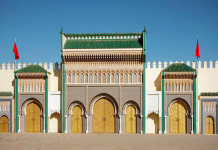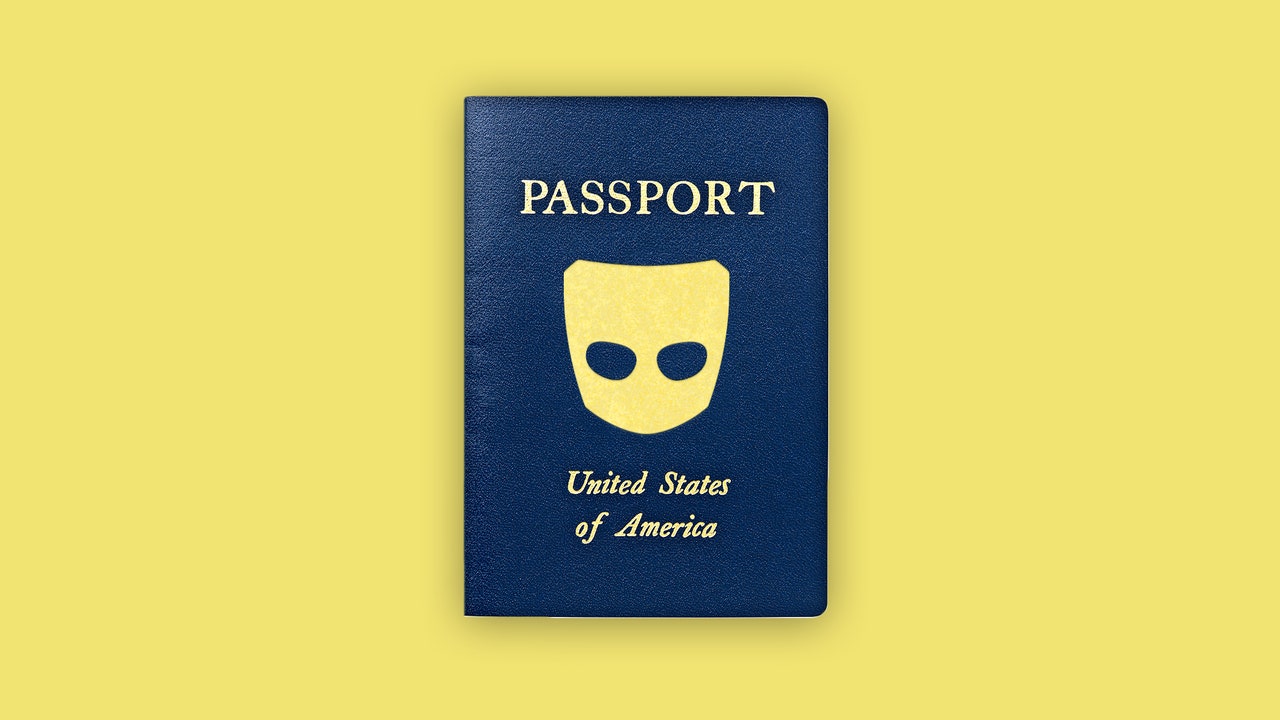This story is part of Unpacked, a series that explores some of the biggest questions about traveling responsibly. Read more columns on the Unpacked home page—and be sure to subscribe to the podcast.
My dad was into stories about pirates and heroes. Coastal regions of the South, thought to contain both, held a special place in his imagination. Those buccaneers, the way my dad told it, were seeking an escape from the conditions society placed on them. Piracy offered folks the chance to take control of their lives. Looking back, I think my father was trying to figure out how to do the same.
In February 2012, after my dad’s cancer diagnosis, my family and I set out to visit the Dry Tortugas, a remote archipelago and national park in Florida, in search of something like the adventure my dad had always appreciated. The concept of a bucket list was foreign to my family; we were people of limited means who didn’t travel much, so my dad didn’t have one. But if he had, the Dry Tortugas would have been on it. We made it as far as the Florida Keys, the access point for the park, but he was too tired to continue traveling.
After my dad’s death, I became a type A perfectionist worried about running out of time. And so I drafted a bucket list. I completed some of the things, but there was precious little joy in doing so. I was so focused on achieving these trips that I missed living them. In one afternoon, I visited the Los Angeles County Museum of Art and the Getty, both world-class institutions separated by miles of boulevards and freeways—and shoved experiences that required a whole day into a few hours. Years later, I can’t recall a single artwork I saw.
I was so focused on achieving these trips that I missed living them.
In the decade since my dad’s death, I’ve found that high emotional stakes—this pursuit of a “perfect trip”—can lead to unexpected stressors when things don’t go as planned. I’ve become an advocate for journeys that expand my worldview rather than trips to tick off “Top 10” lists, and I now understand these journeys are part purpose, part serendipity. Before I travel, I ask: How can I plan a trip that makes me excited to get out of bed every day? I consider what I want to do at a destination and what I hope to learn there. This inquiry helps me assess my intentions and provides the framework for respecting an area’s people and resources.
To avoid overcrowded attractions, I research small businesses and connect with local guides to create tailored itineraries rooted in my interests. I take public transportation to cut down on pollution and carbon emissions. I also leave space for what I call “travel magic”: wandering in the drizzle through a rain forest and finding a waterfall or taking an impromptu swim in a little lagoon wreathed in mangroves. Frequently, the unscripted time offers an opportunity to follow up on something I’ve just learned about, like Bermuda’s African Diaspora Heritage Trail, mentioned to me by a local at a bar in Hamilton, the island territory’s capital.
Our pursuit of having the “perfect trip” can often stress the destinations we’re so excited about visiting.
Illustration by Simon Bailly
As I move through landscapes, I also ask myself how much tension a place can take before something breaks. I make those assessments in real time, and I’m willing to concede some of my desires to respect the place I inhabit in that moment.
In May 2022, I traveled to the Grand Canyon—a childhood dream of mine. Entering one of the country’s most popular national parks, I tried to be responsible. I stayed at a locally owned hotel, rode park service transportation, and studied the 11 Indigenous tribes with historic connections to the lands that now comprise the park. Even with this preparation, I still ended up needing to modify my plans.
In every national park I visit, I hike a trail to commemorate my time there. A skilled navigator and competent trekker, I had most of what I needed for the steep, six-mile section of the South Kaibab Trail that led to Skeleton Point, known for its views of the Colorado River. But it was already later than the recommended start time of 7 a.m. I hadn’t told my safety contacts about my trail choice—and I didn’t have cell service to notify them.
Each year, approximately 250 hikers require rescue from the Grand Canyon. While I wanted the bragging rights of accomplishing a hard hike, I didn’t want to add to that statistic, nor did I want to strain an overtaxed system. Where I once would have pushed on, I opted out. Instead, I stood at the South Rim and sent a prayer out into the universe, hoping that I would one day be able to return, and when I did, that I’d be healthy enough to hike responsibly.
In the end, I think this should always be the goal of big-trip travel: to come back from a place safely with enough memories to sustain us for the moment, some hope that there can be a future in which that place still exists, and the will to think wisely about adventuring again.













